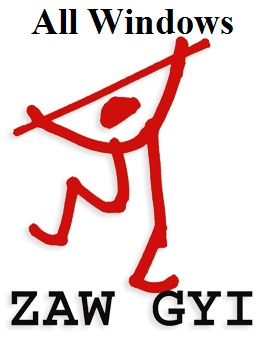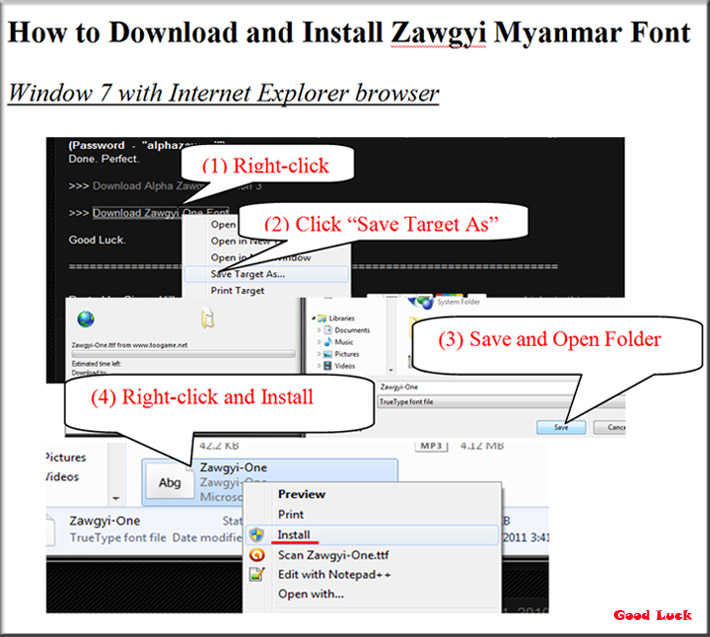Grab, Uber’s fierce rival in Southeast Asia, today that its service has crossed one billion completed rides. The firm hit the milestone on October 26 when 66 concurrent trips from across its seven markets took it into ten-figure territory. The company started out in Malaysia in 2012, and today it covers 142 cities across Singapore, Malaysia, Indonesia, Thailand, Vietnam, the Philippines and Myanmar. Its initial service was booking licensed taxis, but it has since expanded to cover Uber-style private hire, carpooling, motorbike taxis and more.

The database recognizes 1,746,000 software titles and delivers updates for your software including minor upgrades.
Grab is backed by the likes of SoftBank and Didi in China — into the company — and its latest valuation of $6 billion makes it Southeast Asia’s highest valued tech company. On the business side, it claims over two million drivers and upwards of 68 million consumer app downloads. For comparison, but it does not break out figures for the regions it operates in across the world, while Didi is also in the billion-ride club. Lyft, the second largest ride on-demand platform in the U.S., hit 500 million trips this past summer and. Grab has evolved considerably over its five year history, most notably it has broadened into fintech over the last 18 months. The company, which only began offering card payments in early 2016, steadily added features like credit and peer-to-peer payments before last week expanding its GrabPay feature, which handles digital payments for rides,. The inaugural merchants are Singapore street food sellers — meaning the app can be used to buy food without cash or cards — and Grab has plans to expand the service to cover other countries and different merchants. “We’ve been talking and executing on our plan but [this] is a significant milestone for making GrabPay truly a cash replacement,”.

“If I leave my wallet at home, I can still pay for breakfast, lunch and dinner. In time I’ll be able to buy goods like hardware or groceries using GrabPay.” Featured Image: / UNDER A LICENSE.
OS/2 Table Formats Six versions of the OS/2 table have been defined: versions 0 to 5. The format of version 5 is as follows: Type Name of Entry Comments uint16 0x0005 int16 uint16 uint16 uint16 int16 int16 int16 int16 int16 int16 int16 int16 int16 int16 int16 uint8 uint32 Bits 0–31 uint32 Bits 32–63 uint32 Bits 64–95 uint32 Bits 96–127 Tag uint16 uint16 uint16 int16 int16 int16 uint16 uint16 uint32 Bits 0–31 uint32 Bits 32–63 int16 int16 uint16 uint16 uint16 uint16 uint16 Versions 0 to 4 were defined in earlier versions of the OpenType or TrueType specifications. •: defined in TrueType revision 1.5 •: defined in TrueType revision 1.66 •: defined in OpenType version 1.2 •: defined in OpenType version 1.4 •: defined in OpenType version 1.6 All versions are supported, but use of version 4 or later is recommended.
OS/2 Field Details version Format: uint16 Units: n/a Title: OS/2 table version number. Description: The version number for the OS/2 table, = 5. Comments: The version number allows for identification of the precise contents and layout for the OS/2 table. XAvgCharWidth Format: int16 Units: Pels / em units Title: Average weighted escapement. Description: The Average Character Width parameter specifies the arithmetic average of the escapement (width) of all non-zero width glyphs in the font. Comments: The value for xAvgCharWidth is calculated by obtaining the arithmetic average of the width of all non-zero width glyphs in the font. Furthermore, it is strongly recommended that implementers do not rely on this value for computing layout for lines of text, especially for cases where complex scripts are used.
UsWeightClass Format: uint16 Title: Weight class. Description: Indicates the visual weight (degree of blackness or thickness of strokes) of the characters in the font. Values from 1 to 1000 are valid. Comments: usWeightClass values use the same scale as the 'wght' axis that is used in the table of variable fonts and in the table.
While integer values from 1 to 1000 are supported, some legacy platforms may have limitations on supported values. Windows Xp Professional Sp3 Bootable Iso Download. Download Plexus Addon. Windev Mobile 17 Free Download here. The following are commonly-used values: Value Description C Definition (from windows.h) 100 Thin FW_THIN 200 Extra-light (Ultra-light) FW_EXTRALIGHT 300 Light FW_LIGHT 400 Normal (Regular) FW_NORMAL 500 Medium FW_MEDIUM 600 Semi-bold (Demi-bold) FW_SEMIBOLD 700 Bold FW_BOLD 800 Extra-bold (Ultra-bold) FW_EXTRABOLD 900 Black (Heavy) FW_BLACK usWidthClass Format: uint16 Title: Width class. Description: Indicates a relative change from the normal aspect ratio (width to height ratio) as specified by a font designer for the glyphs in a font. Comments: Although every character in a font may have a different numeric aspect ratio, each character in a font of normal width has a relative aspect ratio of one.
When a new type style is created of a different width class (either by a font designer or by some automated means) the relative aspect ratio of the characters in the new font is some percentage greater or less than those same characters in the normal font — it is this difference that this parameter specifies. The valid usWidthClass values are shown in the following table. Note that the usWidthClass values are related to but distinct from the scale for the 'wdth' axis that is used in the table of variable fonts and in the table. The “% of normal” column in the following table provides a mapping from usWidthClass values 1 – 9 to 'wdth' values. Value Description C Definition% of normal 1 Ultra-condensed FWIDTH_ULTRA_CONDENSED 50 2 Extra-condensed FWIDTH_EXTRA_CONDENSED 62.5 3 Condensed FWIDTH_CONDENSED 75 4 Semi-condensed FWIDTH_SEMI_CONDENSED 87.5 5 Medium (normal) FWIDTH_NORMAL 100 6 Semi-expanded FWIDTH_SEMI_EXPANDED 112.5 7 Expanded FWIDTH_EXPANDED 125 8 Extra-expanded FWIDTH_EXTRA_EXPANDED 150 9 Ultra-expanded FWIDTH_ULTRA_EXPANDED 200 fsType Format: uint16 Title: Type flags.